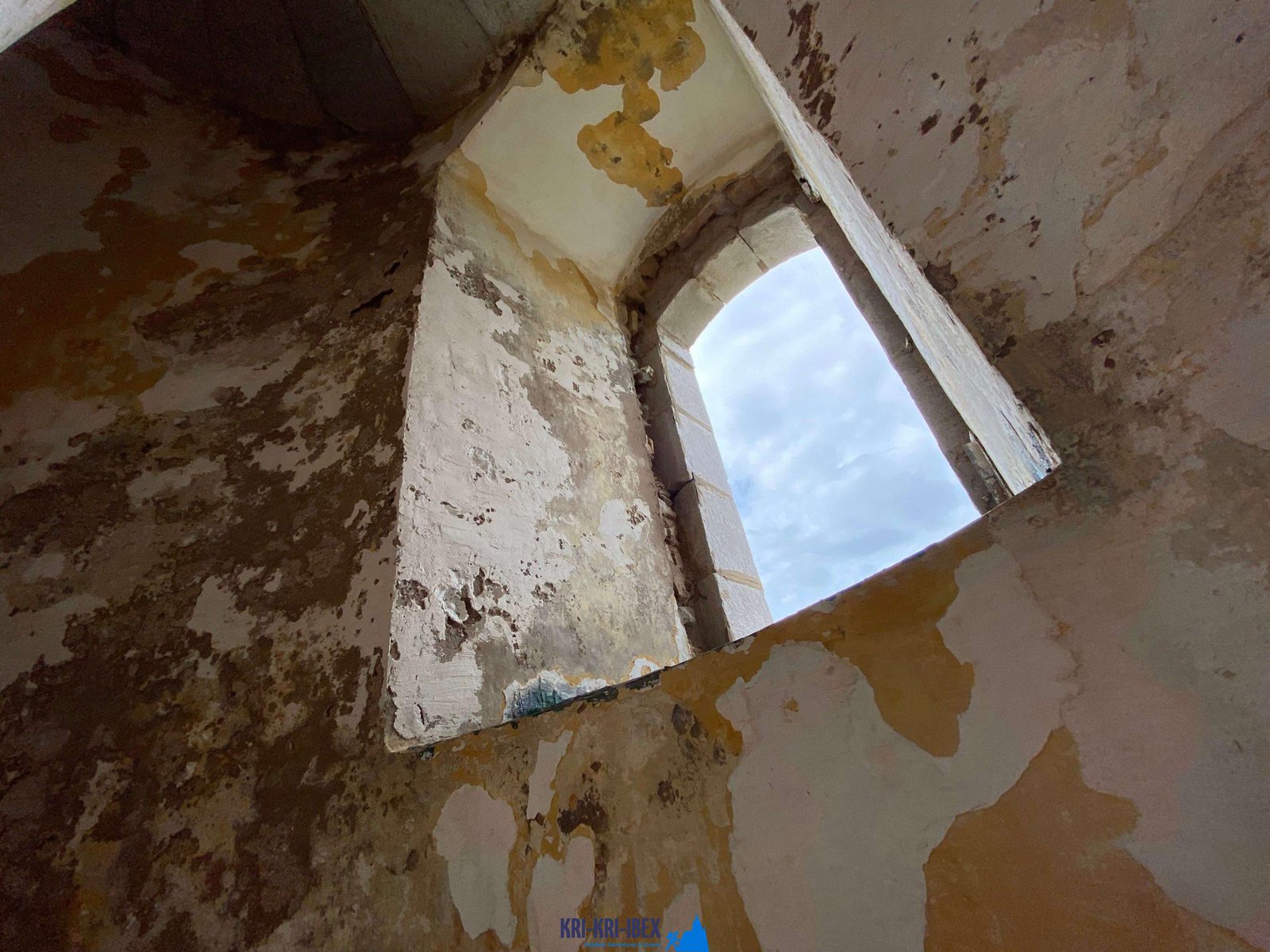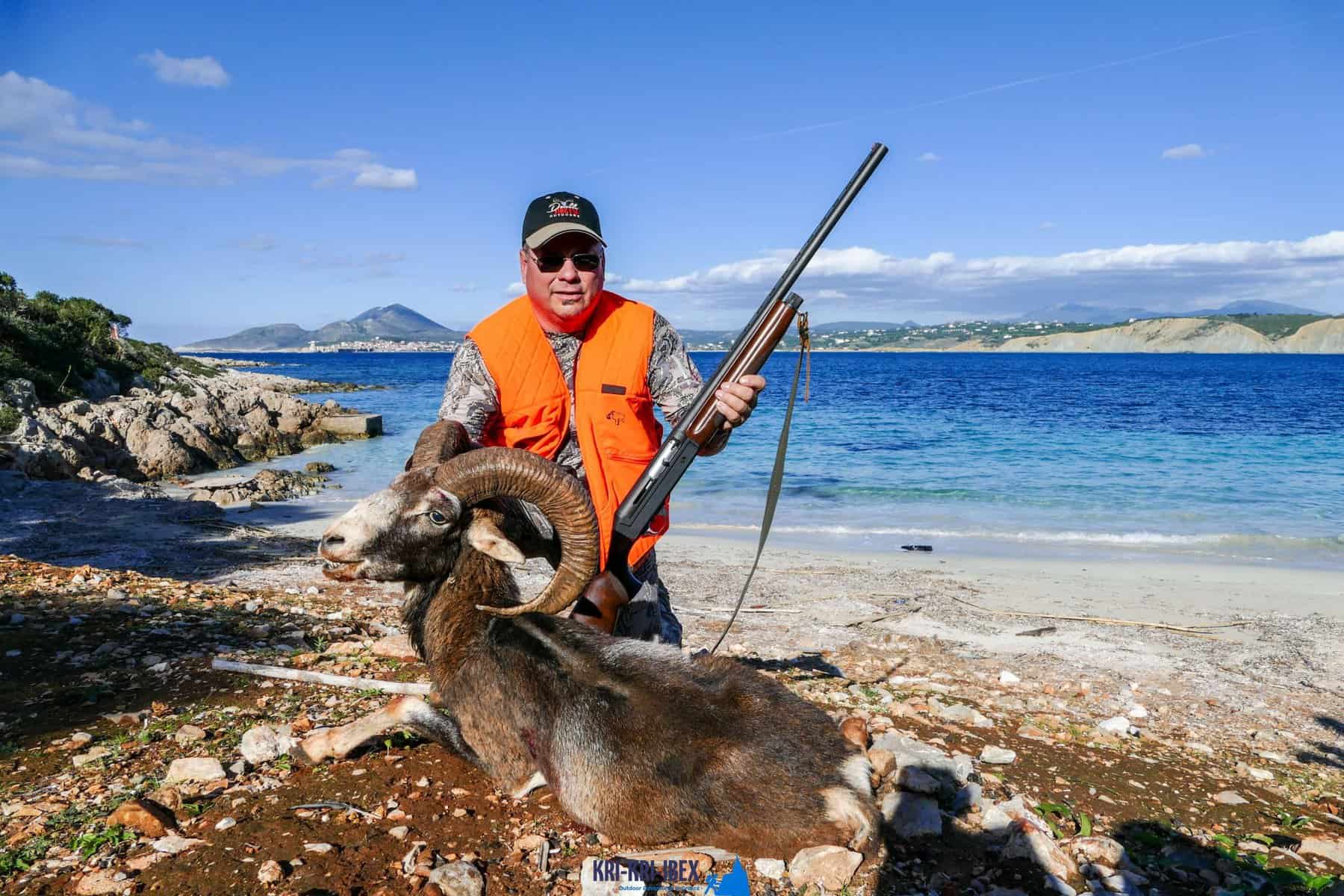
Searching for Kri Kri ibex in Greece is an impressive searching expedition and also wonderful vacation all in one. Ibex hunting is normally an extreme experience, yet not in this instance! Dive to shipwrecks and spearfishing in ancient Greece, or appreciate ibex searching in an unique place are just a few of the things you could do throughout a week long ibex hunting excursion in Greece. Can you consider anything else?

Because it is not established, the number of Ibexes varies with the populace. The Ibexes of the Cretan Ibex breed Kri-Kri is the smallest ibex in terms of body weight, however not horn size (Capra Aegagrus Cretica). A couple of specimens that went uncounted measured 115 cm (45 inches). The gold trophy is 61 cm (24 inches) long. The Kri-Kri ibex is pursued in Greece currently. Searching is readily available on Atalanti and Sapientza. Hunting is allowed on Atalanti from the recently of October to the first week of December. Hunting is allowed on Sapientza for the whole month of November, relying on weather conditions.
Our outdoor hunting, fishing, and also totally free diving scenic tours are the perfect method to see whatever that Peloponnese has to use. These tours are designed for vacationers who want to leave the beaten path as well as truly experience all that this incredible region has to provide. You'll reach go hunting in a few of the most lovely wilderness areas in Greece, fish in crystal-clear waters for a range of different types, and also complimentary dive in a few of one of the most sensational coast in the Mediterranean. And also best of all, our experienced guides will certainly be there with you every action of the way to ensure that you have a delightful as well as risk-free experience.
There is really something for everyone in the Peloponnese peninsula. Whether you are interested in background and also society or nature and also outdoor activities, this is a suitable destination for your next holiday. If you are short on time, our hunting as well as visiting Peloponnese Tours from Methoni is an excellent way to see every little thing this breathtaking location has to offer.And finally, your Kri Kri ibex prize is waiting for you.
What is the diference between Kri Kri ibex, Bezoar ibex and hybrid ibex
The kri-kri is not thought to be indigenous to Crete, most likely having been imported to the island during the time of the Minoan civilization. Nevertheless, it is found nowhere else and is therefore endemic to Crete. It was common throughout the Aegean but the peaks of the 8,000 ft (2,400 m) White Mountains of Western Crete are their last strongholds–particularly a series of almost vertical 3,000 ft (900 m) cliffs called ‘the Untrodden’—at the head of the Samaria Gorge. This mountain range, which hosts another 14 endemic animal species, is protected as a UNESCO Biosphere Reserve. In total, their range extends to the White Mountains, the Samaria National Forest and the islets of Dia, Thodorou, and Agii Pandes.
This Ibex is NOT a diminutive form of the Bezoar Ibex, which has migrated into the western-most reach of the range of this species. The kri – kri (Capra aegagrus cretica), sometimes called the Cretan goat, Agrimi, or Cretan Ibex, is a feral goat inhabiting the Eastern Mediterranean, previously considered a subspecies of wild goat. The kri-kri has a light brownish coat with a darker band around its neck. It has two horns that sweep back from the head. In the wild they are shy and avoid tourists, resting during the day. The animal can leap some distance or climb seemingly sheer cliffs.
“The agrimi goat Capra aegagrus cretica is unique to Crete and its offshore islands. It has been identi®ed as a sub-species of the wild bezoar goat Capra aegagrus aegagrus Erxleben, 1777, which it closely resembles in horn shape, body form and coloration. This classi®cation has been disputed by some researchers who claim that the agrimi are feral goats, derived from early domestic stock brought to the island by the ®rst Neolithic settlers. In order to clarify this issue, DNA analyses (cytochrome b and D loop sequences) were carried out on tissue of live and skeletonized agrimi and compared to sequences of wild and domestic caprines. Results conclusively show the agrimi to be a feral animal, that clades with domestic goats (Capra hircus) rather than with wild Asiatic bezoar. This study demonstrates that morphometric criteria do not necessarily re¯ect genetic af®nities, and that the taxonomic classi®cation of agrimi should be revised.”